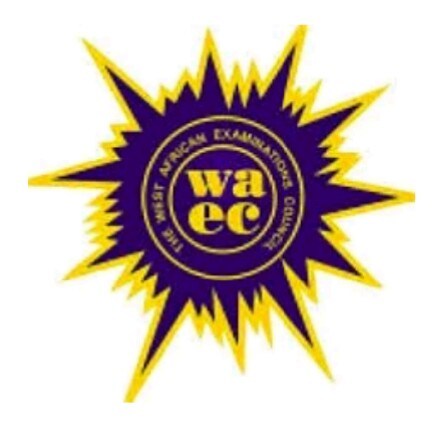Studying the subject of Textiles is crucial for students preparing for the West African Examination Council (WAEC) exam.
The Textiles syllabus serves as a comprehensive guide, providing aims, objectives, and a detailed format for the exam.
In this blog post, we will explore the significance of studying Textiles, the topics covered in the syllabus, and the recommended textbooks to aid your exam preparation.
Why Study Textiles?
Textiles is an essential component of the Visual Art program in Senior High School.
By studying Textiles, students develop patriotism, cultural awareness, and acquire skills that can be utilized in future employment.
The syllabus aims to help students gain knowledge in various domains related to textiles and encourages experimentation, observation, analysis, and evaluation of their findings.
Key Objectives of the Syllabus:
The examination syllabus for Textiles intends to assess candidates’ understanding and competence in several areas, including:
- The rationale for studying textiles.
- The development of positive attitudes and skills in producing indigenous and contemporary textiles.
- Effective manipulative skills using tools, materials, and computer technology, while ensuring safety measures are followed.
- The development of creativity in design work for fashion, printing, weaving, and dyeing of fabrics.
- Skills for sustainable development and exploration of the indigenous textile industry.
- Entrepreneurial skills such as costing, pricing, and marketing of textile products.
- Appreciation and patronage of indigenous and contemporary textile products.
- Building portfolios and mounting exhibitions in textiles.
Exam Format:
The Textiles exam consists of three papers: Papers 1, 2, and 3. Papers 1 and 2 are composite papers to be taken in one sitting. Paper 1 comprises multiple-choice objective questions, with a time limit of 50 minutes for 40 marks.
Paper 2 includes six essay-type questions, out of which candidates must answer four within 2 hours for 60 marks.
Paper 3 involves executing two practical projects, with candidates completing one project within five days, working six hours each day.
The practical projects carry 80 marks, and candidates receive the questions two weeks before the execution period to study and prepare sketches and notes, which account for 20 marks. The total mark for Paper 3 is 100.
Detailed Syllabus: The Textiles syllabus covers various areas, including:
- Introduction to Textiles: Understanding the rationale, renowned Ghanaian Textile Artists, developments in textiles, and the relationship between textiles and cultural values.
- Textile Fibres and Yarns: Identification, classification, properties, suitability, and processing of fibers. Yarn preparation, types, blends, and mixtures, along with relevant terminologies.
- Fabric Construction Processes: Point paper designing, looms and accessories, textile calculations, weaving processes, other fabric construction techniques like knitting and crocheting, and non-woven fabric.
- Fabric Decoration and Finishing Techniques: Preparation, care, and maintenance of tools and materials, basic drawings using design principles, idea development and preliminary designing, indigenous color schemes and motifs for designing, decorative techniques such as dyeing, printing, appliqué, embroidery, and various finishing techniques.
- Sustainable Development: Challenges and interventions in resource management, marketing, and distribution, incorporating cultural values and maintaining healthy studio practices.
- Portfolio and Exhibition: Understanding different types of portfolios, collection and building of portfolios, the meaning, types, purpose, and processes of mounting exhibitions, and the appreciation of indigenous textiles.
- Entrepreneurial Skills in Practice: Preparing business plans, enterprise planning, key points in a business plan, and aspects of costing, pricing, and marketing textile products.
Conclusion
Studying Textiles is essential for success in the WAEC exam. The syllabus provides a comprehensive framework, guiding students through various topics related to textiles.
By understanding the aims, objectives, and format of the exam, students can effectively prepare using the recommended textbooks and resources.
Remember, proper exam preparation using the Textiles syllabus is akin to equipping yourself with the necessary tools before heading to the farm to ensure productivity and success in the examination.






